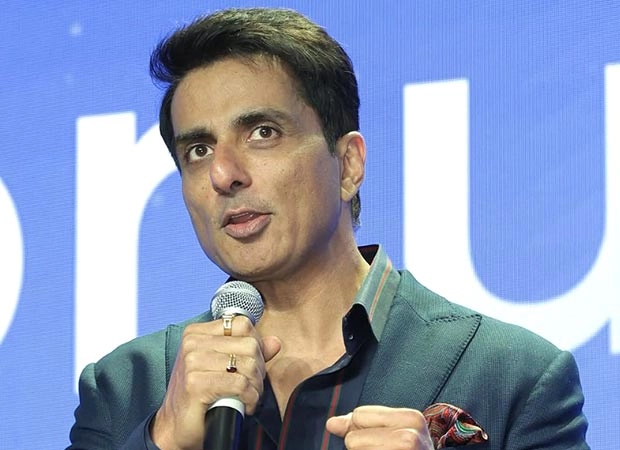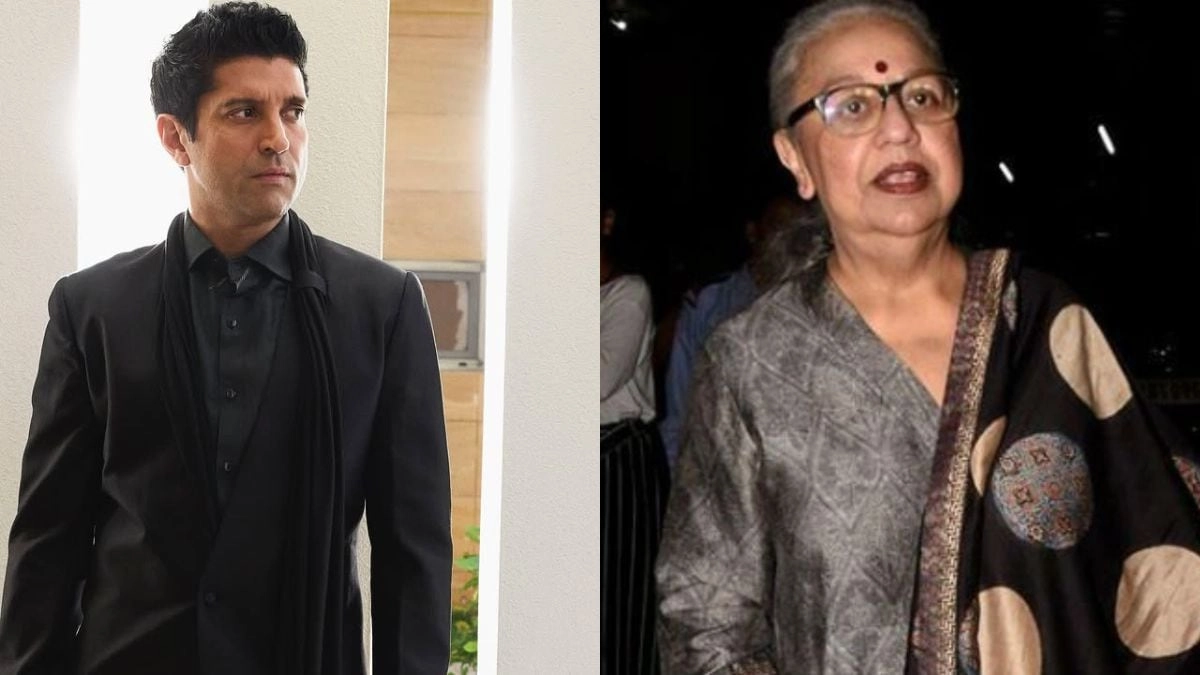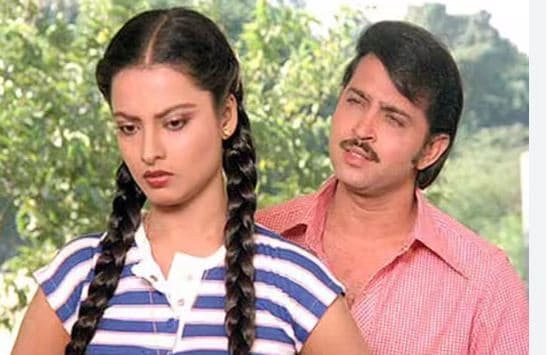Biplab Goswami, the writer behind the much-discussed film “Laapataa Ladies,” has firmly denied allegations of plagiarism that have emerged in the wake of comparisons between his work and the Arabic film “Burqa.” The allegations have sparked significant debate within the film community and among audiences, leading to a flurry of discussions on social media platforms. In response to these claims, Goswami has stated that the accusations are “completely untrue,” asserting that his narrative is a product of original thought and creativity.
The controversy ignited when viewers began drawing parallels between “Laapataa Ladies” and “Burqa,” leading to questions regarding the originality of Goswami’s script. While both films explore themes of identity and society, Goswami insists that any similarities are coincidental and that his work is rooted in unique cultural contexts. He has emphasized the importance of recognizing the distinct storytelling styles that characterize different cinematic traditions, arguing that drawing direct comparisons can undermine the individual artistry involved in film-making.
Goswami’s defense has resonated with some members of the film industry, who have come to his support, advocating for the need to celebrate creativity rather than stifle it through unfounded accusations. The film industry is often a breeding ground for ideas and influences, making it essential to differentiate between inspiration and outright plagiarism. As the debate continues, it remains crucial for audiences to approach such claims with a discerning eye and an understanding of the complexities involved in artistic expression.
In the broader context, this incident highlights the challenges faced by creators in maintaining their artistic integrity while navigating the expectations and interpretations of the audience. As “Laapataa Ladies” prepares for its release, the ongoing discussions surrounding its originality could impact its reception and success. Goswami’s assertions serve as a reminder of the importance of defending one’s creative vision against misconceptions, reinforcing the notion that every film is a unique reflection of its creator’s imagination.




